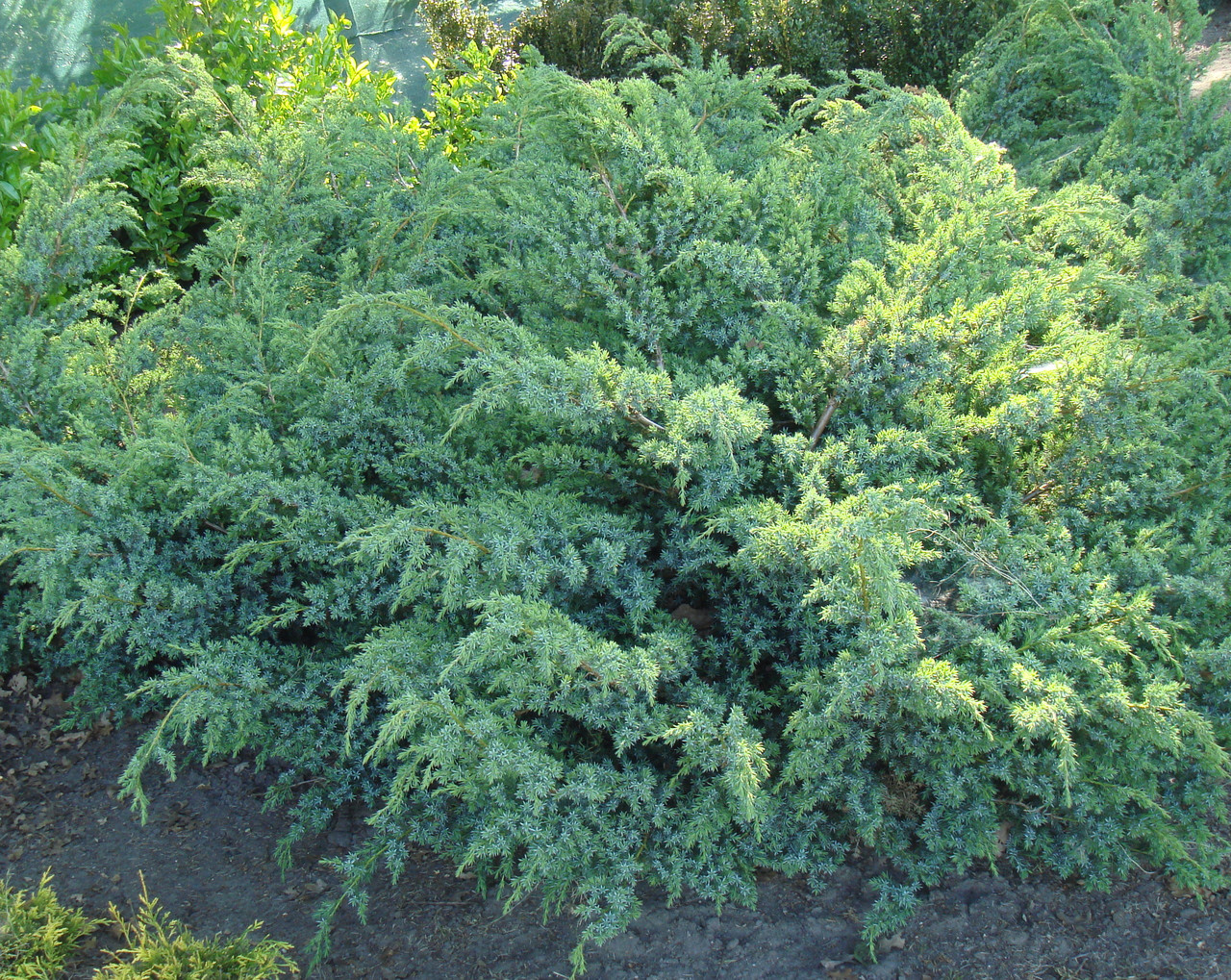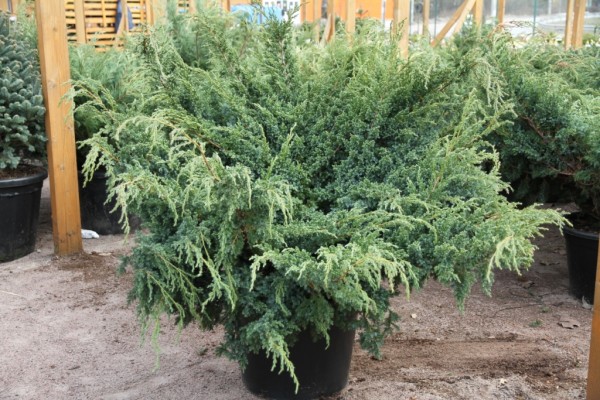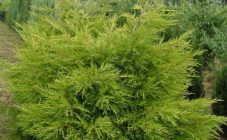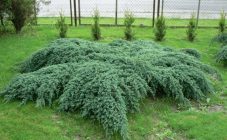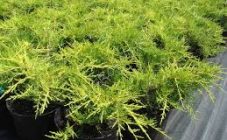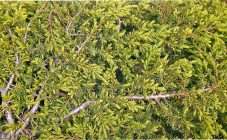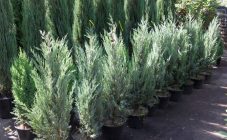The Blue Swede Scaly Juniper has one amazing feature that sets it apart from any other variety of shrubs. It consists in the increased fluffiness of its vegetation creeping along the ground with needles of unique beauty, which are distinguished by an attractive bluish tint.
These properties make it possible to use this plant as a decorative species that can transform the landscape appearance of any corner of a suburban area.
In addition, the scaly juniper variety is characterized by increased frost resistance, which allows it to be grown year-round in almost all regions of central Russia. Add to this the following attractive properties:
- Undemanding care and growing conditions.
- Durability (maximum lifespan up to 300 years).
- Perfect compatibility with growing conditions in small areas.
In addition, the flaky juniper of the Blue Svid variety reproduces well not only in rural areas, but also in urban conditions.
Description
The evergreen coniferous plant known as the blue swede juniper is a special type of shrub first discovered in southeast Asia. According to official data, the approximate date of its appearance and subsequent study is the first half of the 19th century.
Its description can be presented as follows:
- The crown of this plant is quite compact and very fluffy.
- At an early stage of development, the needles spread along the ground, and later takes the form of a slightly raised crown with hanging tips of shoots.
- When assessing the height of the shrub, we can say that it is of moderate growth (the maximum indicator is no more than 1.5 meters).
- By the time of maturity (after 10 years), its dimensions reach 2.5 meters in diameter.
The characteristic of the variety is supplemented by the data that the needles of the shrub are strongly pointed and lanceolate, of a bluish-blue color. With the arrival of winter, it changes its color and acquires a gray tint with a metallic glimpse. The cone-like round berries of this culture are distinguished by a dark blue color with a slightly bluish bloom.
Watering the Blue Swede juniper does not require large amounts of water, but this procedure should be carried out regularly. The plant is very light-requiring and develops poorly in conditions of strong shading. Escapes this type of scaly shrubs has enough long and brown.
For normal development, this plant needs fertile soils, but subject to the rules of vegetation and agricultural technology, it can grow on stony dry soils.
Planting and leaving
Growing
Juniper can be propagated by three different methods: layering, seeds and seedlings (cuttings) prepared in advance for planting. Among amateur gardeners, the last method is most popular.
Juniper crops are planted in places well-lit by the sun, but partial shading is allowed.In this regard, the planting is organized in such a way that the distance between adjacent seedlings is kept within the range of half to two meters (depending on local conditions).
The dimensions of the landing pit are made much larger than the earthen coma (about 2-3 times), and its depth should be at least 70 cm. At the bottom of the groove, drainage is arranged from a layer of broken brick (about 20 cm thick). When planting, it is important to ensure that the root collar of the seedling is not completely buried, and that at least a small part of it remains on the surface.
All juniper plants prefer soils with a neutral or slightly acidic reaction, which can be obtained by using a special soil mixture. It is usually prepared from turf, sand and peat, taken in a 1: 1: 2 ratio. Upon completion of planting work, the plant should be watered abundantly daily for 7 days.
Care
Regular care of the shrub is reduced to its systematic watering, feeding and crown formation. Since this type of ornamental culture does not tolerate heat at all, it must be watered regularly during the dry season. Nutritional supplements in the form of nitroammofosk should be applied at least once a year (in the spring at the end of April or at the beginning of May). In addition, young shoots require mandatory loosening, during which it is recommended to mulch the soil with a composition prepared from peat, bark and dry chips.
Plants of this variety need systematic pruning, during which dried and diseased branches are completely removed. With formative pruning, only incorrectly growing shoots are eliminated, due to which the crown acquires a more voluminous appearance. With the arrival of winter, the plant, along with the needles, is sprinkled with a layer of peat or branches (spruce branches).
Among the known garden diseases for juniper shrubs, the most dangerous are fungal rust and gray mold; to prevent them during the planting process, the gaps between the seedlings should be strictly observed.
Pests that are especially dangerous for this type of shrub are scale insects, moths and spider mites. To combat them, special chemicals are used that can destroy the larvae of microorganisms.
Shield
Decorative properties
The type of shrub in question is intended to make the design of vegetative recreation areas within the boundaries of the suburban area. In addition, this ornamental plant is an ideal planting material used to decorate miniature rock compositions (alpine hills, in particular).
In the final part of the review, we note that this type of ornamental crops is in perfect harmony with lush rose bushes growing nearby, as well as flower beds of other garden flowers decorated with light pebbles.
In addition, a separate bush can be planted in a massive pot, for example, which is then used as a decorative element to decorate a balcony or wall of a house.
